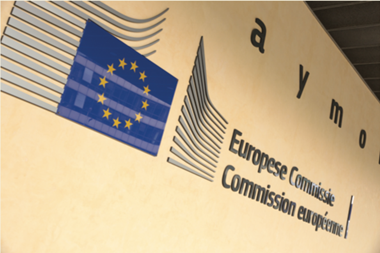Danish labour-market pension fund Sampension said it has invested around DKK300m (€40m) in green and sustainable bonds since the beginning of this year, boosting its investment volumes in this fixed income asset type.
Green bond issuance is now slowly picking up again, the DKK293bn (€39bn) pensions group said, after a dip when the global impact of the COVID-19 pandemic became serious, and ESG bond issuance focused more on financing to tackle the viral outbreak.
Jesper Nørgaard, deputy chief investment officer at Sampension, said: “If the risk is the same and there is no difference in the expectations of the return, then we always invest in green.”
Sampension listed the investments in green and sustainable bond issues it had made so far this year, including more than DKK52m of Chilean government-issued green bonds, DKK15m of green bonds issued by the Polish government and over DKK42m of green bonds from the Hungarian state.
The pensions group – which includes the firm’s huge life and pensions subsidiary and the independent professional pension funds AP, PJD and ISP – said the Hungarian green bonds had been earmarked for the development of wind and water energy, biogas facilities and the generation of electricity from biomass and solar panels.
“In addition, we have invested DKK37m in bonds from the Nordic Investment Bank (NIB) and DKK112m in an issue from the World Bank,” said Nørgaard.
Though the World Bank bond was not an explicitly green issue, Nørgaard said Sampension could be sure it was supporting projects in developing countries implemented under responsible standards when buying into any World Bank bond issue.
The Copenhagen-based pensions group said it also invested DKK18m to help in the fight against COVID-19 in Guatemala.
Sampension said that overall, it currently had approximately DKK11.3bn invested in forestry, renewable green energy solutions and green bonds.
Germany’s finance agency last month confirmed the country’s planned debut in green bond issuance is still on track for the second half of this year, despite the coronavirus pandemic.
Meanwhile, the Danish central bank is still hammering out the technical details of Denmark’s first green issuance – a model to include green certificates alongside standard government bonds in order to avoid fragmentation of the Nordic country’s limited government debt.
Looking for IPE’s latest magazine? Read the digital edition here.












